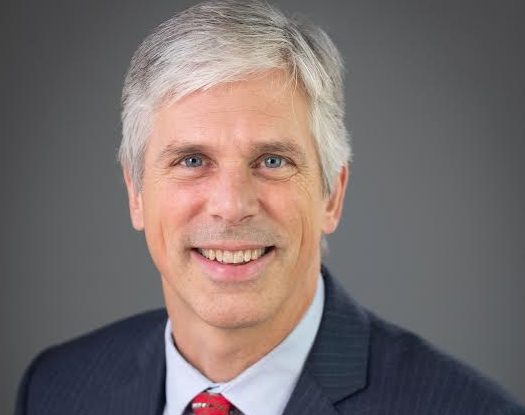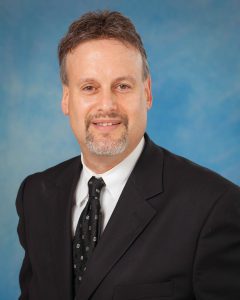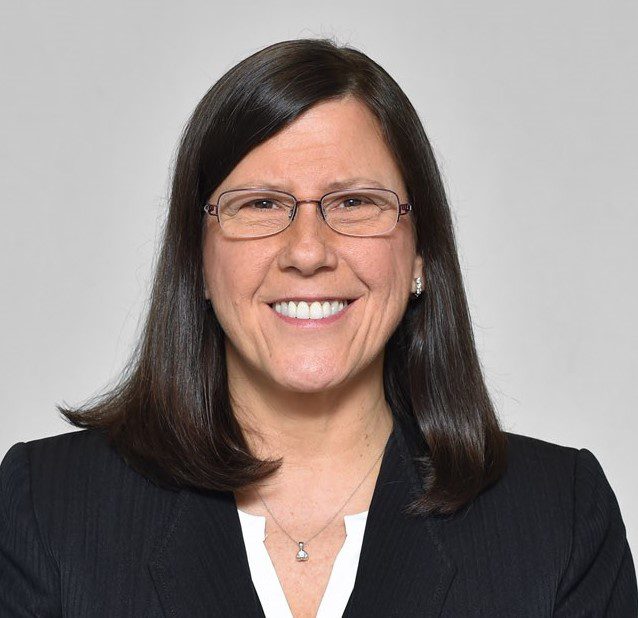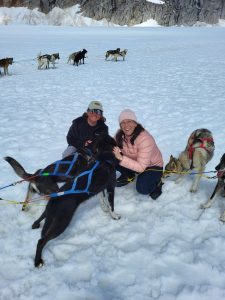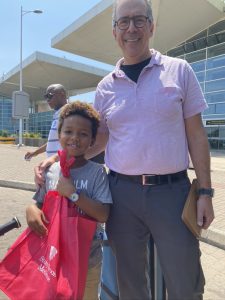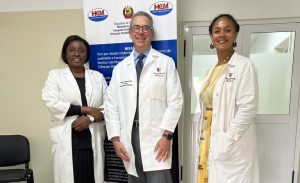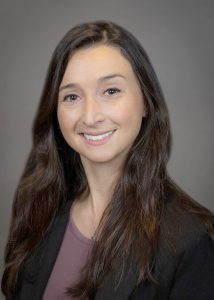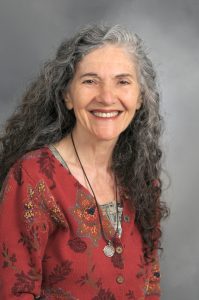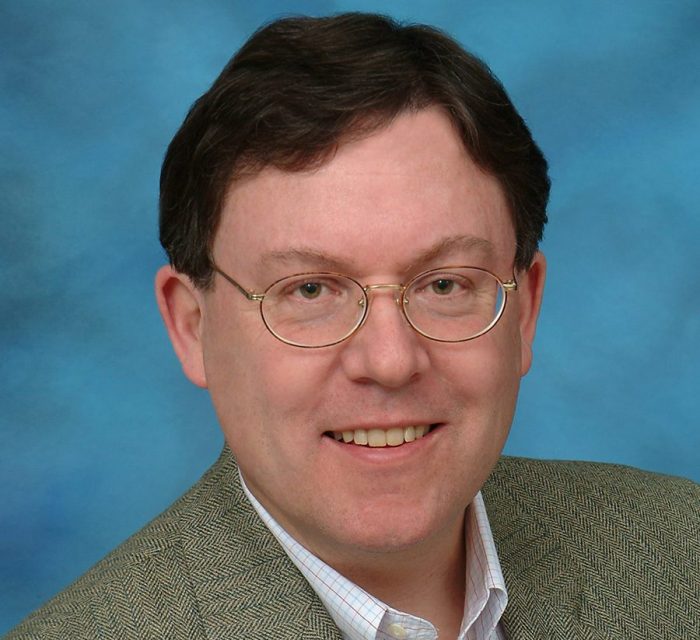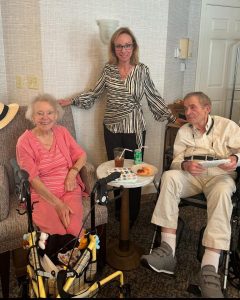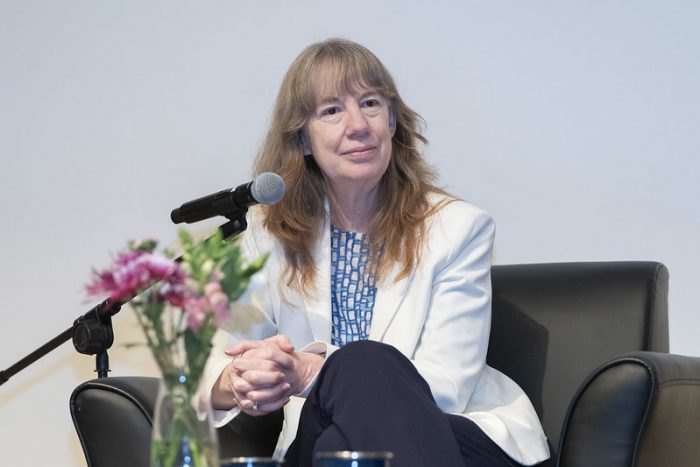By Daniel Dunaief
Kevin Gardner has ambitious research goals.
The Vice President for Research at Stony Brook University, who started working on Long Island on the same day as interim President Richard McCormick, is encouraging researchers to pursue interdisciplinary grants.
“We have a very robust office of proposal development,” said Gardner in an interview from Washington, DC when he was meeting on Capitol Hill with the New York delegation prior to the holidays. “Our strategy is to focus on growing larger grants.”
With a team prepared to help faculty across the university, Gardner hopes to drive innovation and discovery while building the university’s research budget.
The total funds from the top 1.6 percent of grants at the university account for 23 percent of the university’s research expenditures, which means that winning additional awards in this top tier could have a material effect on the funds that enable research.
The team that works with Gardner does considerable administrative work, reducing the burden for scientists focused on directing and overseeing research. Stony Brook also provides project management support.
Faculty members “can’t write these giant grants without that kind of support,” Gardner said. Stony Brook wants to get to that rarefied air where universities receive large, ambitious funds for comprehensive interdisciplinary work.
Going after these larger grants predates Gardner’s arrival.
“This is something that has been in the making for a couple of years,” said Gardner. He has seen an uptick in applications for these kinds of projects.
Stony Brook started research town halls this fall, with the first describing and encouraging collaborations between the east and west campuses.
Gardner has renamed his office the Office for Research and Innovation.
“This was done to more formally combine the offices of the Vice President for Research and Economic Development,” he explained. “Innovation speaks to new technologies, new approaches, and we have important roles in helping Long Island businesses innovate and continue to be successful. This is true for startups but equally true for manufacturing companies (through our Manufacturing Extension Program) and through our Small Business Development Center, among others!”
Enhancing an entrepreneurial culture
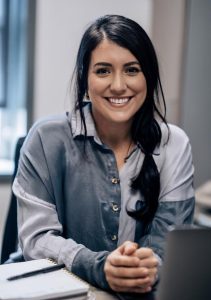
At the same time, the university is building and expanding efforts to encourage entrepreneurial initiatives among students and faculty.
Stony Brook recently hired Hannah Estes to become Director of Student Innovation.
Estes, who previously worked with Gardner at the University of Louisville, officially started at Stony Brook on January 6th.
She is focused on the entire school, as she hopes to help encourage students from a range of disciplines pursue various business ideas.
“Entrepreneurship can be found in any school or department,” said Estes, as she has seen new ideas originate in schools of social work, music and education.
She wants students to recognize problems and find ways to solve them.
Estes plans to reach out to students through newsletters and social media and hopes to spend her first semester at Stony Brook listening to students and getting a sense of their interests and ideas.
In her work at the University of Louisville, she partnered with art school students who were able to get credit and helped coordinate financial aid to get them paid $20 per hour.
“It works and students are able to get away from their desks and get into the community,” Estes said.
As for local students on Long Island who are not members of the Seawolf community, Estes suggested the doors would be open to supporting with them as well.
Working with area high school students can create momentum that can develop into an interest in their business ideas and in joining Stony Brook.
As with the bigger university projects among faculty, the student efforts will also focus on interdisciplinary teams.
“The whole concept is to get out of your bubble and hear new perspectives,” said Estes. “It’s important for students to know that there are different ways of thinking.”
Gardner hopes the student-driven ideas can help engage a culture change among faculty as well.
“It is my sense that students are effective agents of change on a university campus,” Gardner explained. “And beyond that, these types of experiences are incredibly valuable for students during their education. “
In July, Stony Brook hired Dr. Michael Kinch as the inaugural Chief Innovation Officer, who is part of the university’s council and reports to Gardner.
At the same time, Andrew Wooten, the Executive Director of Long Island High Tech Incubator, has been taking inventions and ideas through a proof of concept to launch new companies. Wooten reports to the board of LIHTI.
Computing initiatives
In addition, Stony Brook has started an initiative to create an enclave for a computing environment that provides controlled unclassified information computing.
Such computing power, which is on the road towards classified work, is necessary to apply for funding from the Department of Defense and other agencies.
This effort requires a greater level of security and compliance.
As for high performance computing, the university does not have the level of capacity that the research community needs.
“High performance computing is a challenge at most campuses, particularly now keeping up with needs for AI-related computing,” Gardner explained. Stony Brook has a “very significant level of AI expertise,” which makes keeping up with their computational needs challenging.
Research and Development Park
Stony Brook is looking at how they can make the Research and Development Park an even greater asset to the university and the community.
“Everything we do serves our mission, so we need to make sure our neighbors in [Stony Brook] and our partners across the state share in a vision for how that R&D park can change and serve our mission and our community even better,” Gardner said.
He is energized by the opportunity to work at Stony Brook, where he feels that he has the ongoing support of colleagues who are working well together. As for his visit to Capitol Hill, Gardner travels to meet with the delegation and federal agencies around once a month.
“We want to make sure not just that they are advocates for us (which they most certainly are), but also to make sure we know what we can do for them,” he said. Stony Brook needs to “make sure that we are good partners for them.”
Echoing recent comments from Interim President Richard McCormick, Gardner recognizes the need to add more wastewater treatment to meet the university’s goals for expansion.
The university, which has seen state, national and international interest climb among students as Stony Brook rises in the rankings of universities and attracts major funding, is limited by several factors, including available wastewater facilities.
The university can’t bring in additional students because they don’t have the housing for them and “we can’t have the housing without the wastewater capacity,” Gardner said. “As an environmental engineer, I get it.”

